A quick word of introduction. My name is Stuart McDonald and this is Couchfish—the perfect tub of ice-cream for the traveller stranded on the couch. The newsletter has a paid edition which traces a fantasy itinerary through Southeast Asia, and a free edition that covers, well, everything else. You’re reading the latter here, but if you’d like to read the former, you can upgrade your subscription via the button below. Thanks!
Quite a few moons ago, while living in Bangkok, friends who were far more into “the scene” than me, said we should check out a new club. It had opened to a soft opening a few nights earlier, and my friends said now was the time to go.
I’m not a club kind of a person, but I went along, and as we walked straight in, I thought, wow this place is amazing. I’d been in Bangkok a few years, and I’d never seen anywhere like it. It wasn’t so much the place, I mean it was cool and all, but rather it was the people. I’d never come across such an interesting and diverse collection of souls—where did they all come from? We held up the bar till the early hours, and it was a great night.
This is not the club—but this bar was good too. Photo: Stuart McDonald.
By the time I returned a month later, the club was on everyone’s lips and it seemed half of Bangkok was in the queue to get in. The crowd, well, I don’t want to sound like a culture vulture, but yeah, lets just say nobody from my first visit was there. No doubt they’d already moved on to the next cool joint. I didn’t return again for years.
What am I doing writing about the one occasion where I managed to slip into a cool spot? The club and its all too rapid transition mimicked tourism. Southeast Asia is rich in destinations people say are “spoilt,” and that they plan not to return to. The reasons vary, but expect the usual suspects—too many people, pollution, crime, traffic, etcetera. Tourism has been playing out this way forever—I mean, you should have seen wherever back in 19-whatever. You’d think we’d have learned something by now, and yet...
With a supposed waning pandemic, top-tier regional destinations have seen their fortunes rise. Early on, pent up demand saw some spots deluged with tourists—the rain, I tell ya, was torrential. Local residents, accustomed—for better or worse—to tourist-free towns, saw the clock spun back to 2019 in record time. There was no slow boiling of frogs—rather, destinations got microwaved. Unlike cockroaches, who hop out of a microwave and wave thanks for the sauna, frogs don’t fare so well. They explode—or so I’ve heard anyway—no, please don’t go search Youtube for such videos.
It isn’t the English that is broken. Photo: Stuart McDonald.
Wanting to avoid exploding frogs, destinations are reaching for the same old bandaids. There’s been no shortage of talk about a pivot to “quality tourists,” whatever that means. Quotas keep popping up, as does better law enforcement. Officials, who still talk of “hidden gems,” are grabbing for the same old wheelbarrow.
I’ve written at length on the whole “quality tourists” thing, so I’m not going to flog that dead horse again today. I will note though, that in some cases, the concepts around this are changing. Indonesia has made getting a two-month tourist visa pretty straightforward. This in turn will encourage a different sort of quality—those who stay longer, you know, backpackers. Other countries—hello Vietnam—risk being left behind.
With quotas, there are a few issues at play. For starters, thanks to social media, bad behaviour gets far more than its fair share of coverage. If, like me, you keep an eye on social media coverage of Bali, you could be excused for thinking every Russian was a frustrated nudist, mobster or licence plate fabricator. Of course, this is far off the money. The vast majority of Russian tourists keep—at least most of—their clothes on, don’t change their number plates, and are not mafioso. Despite this, I’m yet to see a social media post from any of the usual suspects proclaiming that 98% of Russian tourists had an enjoyable and uneventful holiday in Bali.
Nothing really to do with the story, just looks yummy. Mai Khao Beach, Phuket. Photo: Stuart McDonald.
So using bad behaviour to inform upon a nationality-based quota system is a bit of a fraught process. An immigration quota has nationwide repercussions, and for every heaving location there’s others waiting for any tourists to return. As individual destinations have no control over immigration policy, talk on this count is anyway a bit of a red herring.
Quotas are a dull hammer. Think of the club I started off writing about. When its popularity exploded, they set up a quota system—a queue. They figured out what was a capacity they were comfortable with, and didn’t let more in. People, myself included on my return trip, were waiting over an hour to enter. They also instilled a fashion angle to their quota—no flip flops or tank tops. This is akin to the limiting by nationality approach. A flip flopper might be an ace customer, but in turning them away at the door, the club never has the chance to find this out.
A need for a quota is an acknowledgement of a planning failure. It doesn’t matter if you’re a club or a tropical destination, if you’re talking about a need to limit people, what you’re saying is “we didn’t plan for this.” Don’t get me wrong, destinations often have plans—I’ve read quite a few—but there is no point having a plan if you ignore it. This sort of lack of evidence of planning is everywhere. Flying into Sydney and seeing immigration queues a mile long, I‘ve often wondered, did a dozen jumbos land unannounced? No. They’ve just decided not to plan for them in a way which boosts passenger satisfaction. Instead, they’re focused on the dosh—to your detriment.
Clearly I was ahead of the influencers. Photo: Stuart McDonald.
I don’t want to pick on any one Southeast Asian destination as you’ll find examples of this in every country. Destinations court bland bucket lists, but fail to plan for the impacts that follow. The tourists get stuck in endless traffic, but more importantly, the feelings and quality of life of residents is not a priority. There’s an implicit undercurrent that residents should be happy as tourists bring jobs. The benefits of these jobs and the money that come with them, as I’ve written before, are often overstated. Tour agencies, airlines and cruise companies are like the spice traders of yesteryear. Many pay as little as they can in destination—be it revenue from tourists or (cough splutter) local taxes—while making bank back home.
Local administrations often ignore their own regulations. Ill-considered developments that detract from why tourists come is “paving over paradise” in action. Vietnam’s Phu Quoc Island is the most head-exploding case on this front, but examples are dime a dozen.
Having a plan helps. Destinations must consider a little further over the horizon than tomorrow. What do they want their destination to look like a decade from now? Who is their priority—tourists or residents? Figure these out, then decide how best—and most equitably—to get there. If you assume, as I do, that for many places the current trajectory is far from ideal, a new wheelbarrow—with different bandaids—is in order. So what could destinations do?
Smarter promotion
Better dispersing tourists is a common refrain. Getting people to go to other than the main hotspots is a good starting point. Thailand has done some work trying to highlight second-tier spots—as we do on Travelfish—but they need to reach the right people. There’s little point marketing Khmer ruins and northeastern food to an Australian who is at home on Patong’s Bangla Road. Yeah, a generalisation, but you know what I mean.
Eastern Flores—and not a horizon pool in sight. Photo: Stuart McDonald.
In Indonesia, Flores is a fantastic destination, but the vast majority of the island is not geared up for mass tourism. Trying to change this, and reinvent it as another Bali, chasing high spending—and leaking—tourists, is a mistake. Instead, promote it on its strengths, focus on those seeking a more unadulterated experience. Destinations—and residents—shouldn’t have to put up with wholesale changes to attract tourists.
Ban new hotels
As this story from Ho Chi Minh City notes, the city is suffering from a mother-of-all hangovers related to hotel overbuilding. It is awash in empty cookie-cutter hotels that could be waiting years—if ever—to reopen. Elsewhere in the region, rice fields are paved and beaches stolen or disfigured at an unprecedented pace. Zoning regulations are often not lacking, but enforcement is—this should change. Ban new hotels unless they repurpose existing buildings. Aside from reinvigorating abandoned hotels, there’s embedded carbon upsides to this too.
Pay your dues
Legislate inbound companies to guarantee that over half of a guests’ spend stays in-country. This is an absolute no-brainer. As it stands, destinations wear 100% of the downside and see a fraction of the financial upside. Destinations should work to build linkages and plug leakages—and tourists should help them do so.
I’m not suggesting any of this will be easy. Photo: Stuart McDonald.
Invest in and listen to local communities
If I never see another news story about a new public transport service for tourists, it will be too soon. Invest in public transport and public spaces that benefit local communities first. The tourists will follow. Consult with local communities about what they want out of tourism. Give local people the biggest seat at the table and respect their views.
Educate tourists
In today’s world it should be impossible for tourists to feign ignorance about norms. Help them to understand. This need not be in the form of threatening signs and so on. Try having a pledge—Palau-style. Prepare an online handbook for airlines to screen before any movie will run. Turn influencers into destination preservers and enhancers instead of exploiters.
Take a longer term view
Back to Phu Quoc, as it is such an obvious worst case example. Yes, an excruciating amount of development brought jobs by the truckload. This was a short term win, even if most senior jobs did not go to local people. Long term though, there’s landfill the size of a small country in the interior, and business is failing as tourists recoil. I remember squirming as I read news stories a decade ago—here’s a far more recent one—hawking the island as a “new Bali.” At the time, I didn’t realise they meant it literally. It didn’t need to be this way.
Quotas are not the answer, rather they’re little more than proof of what is really missing—a vision and a plan.
Couchfish is 100 per cent independent and reader-supported. If you’re not already a subscriber, and you’d like to show your support, become a paying subscriber today for just US$7 per month—you can find out more about Couchfish here—or simply share this story with a friend.
Don’t forget, you can find the free podcasts on Apple, Pocket Casts and Spotify as well as right here on Couchfish.



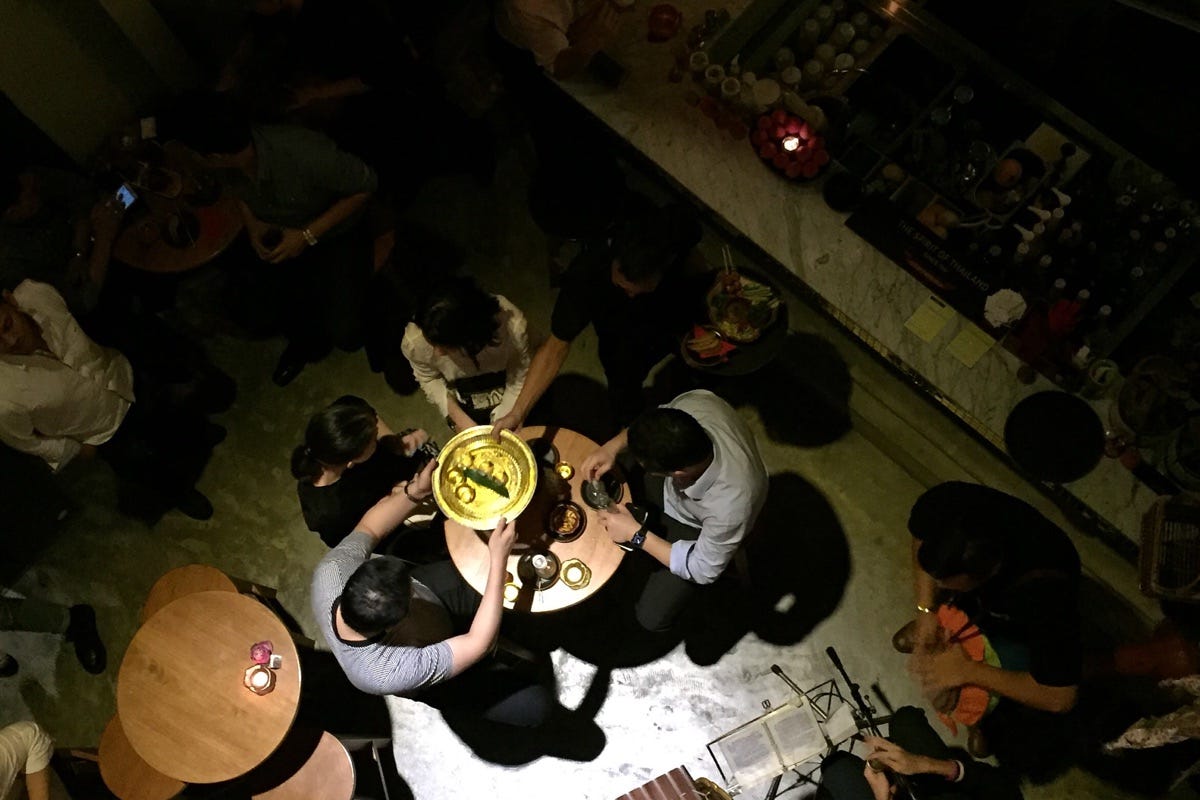
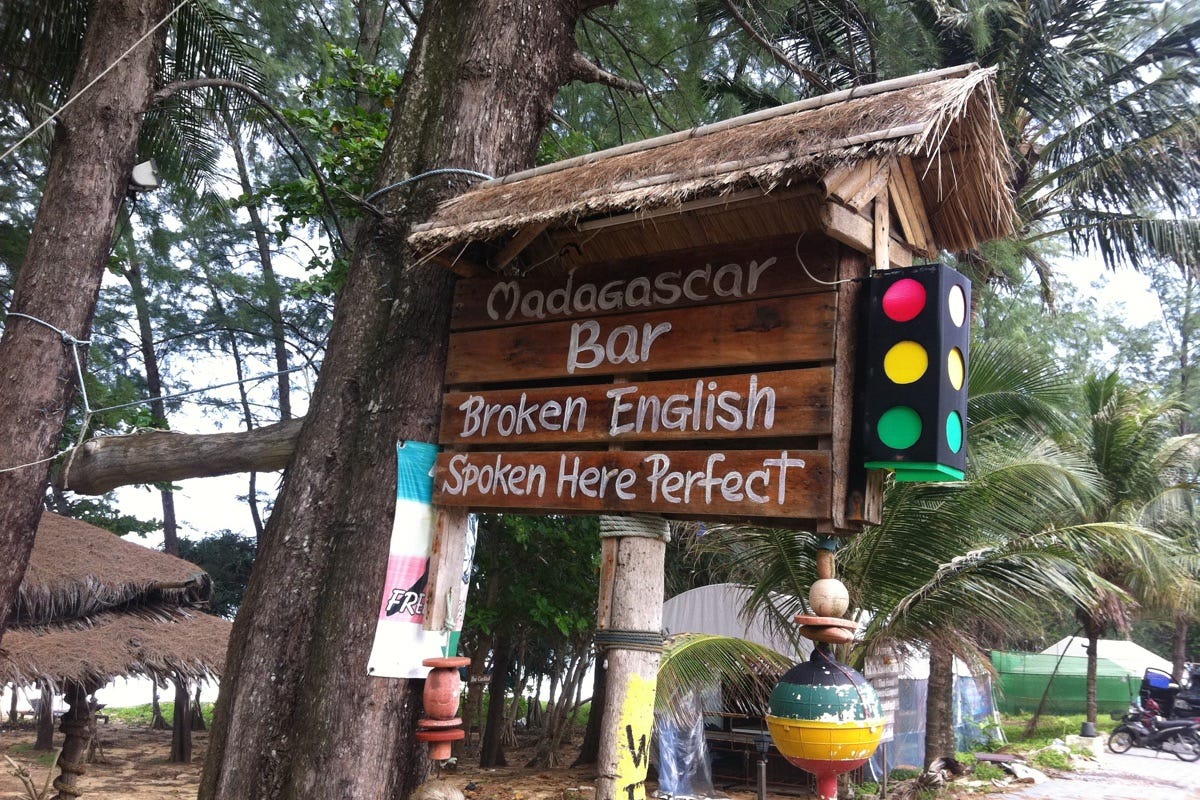

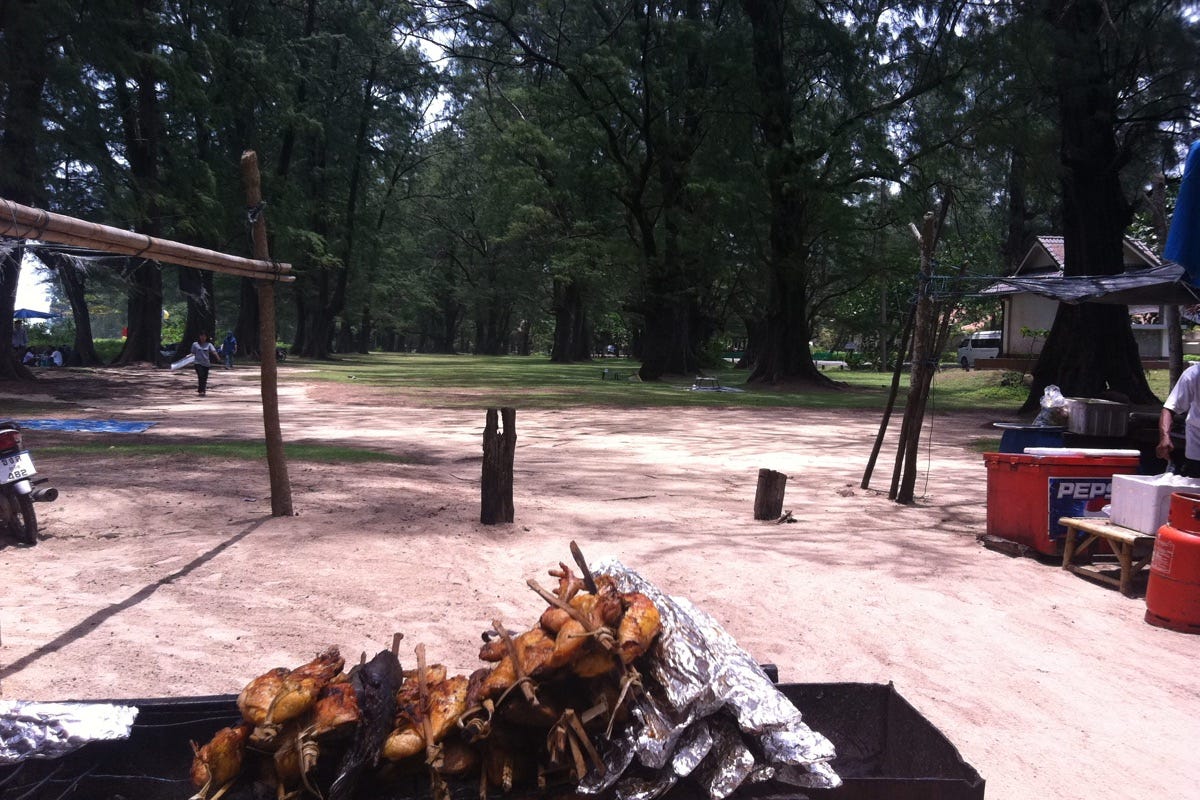
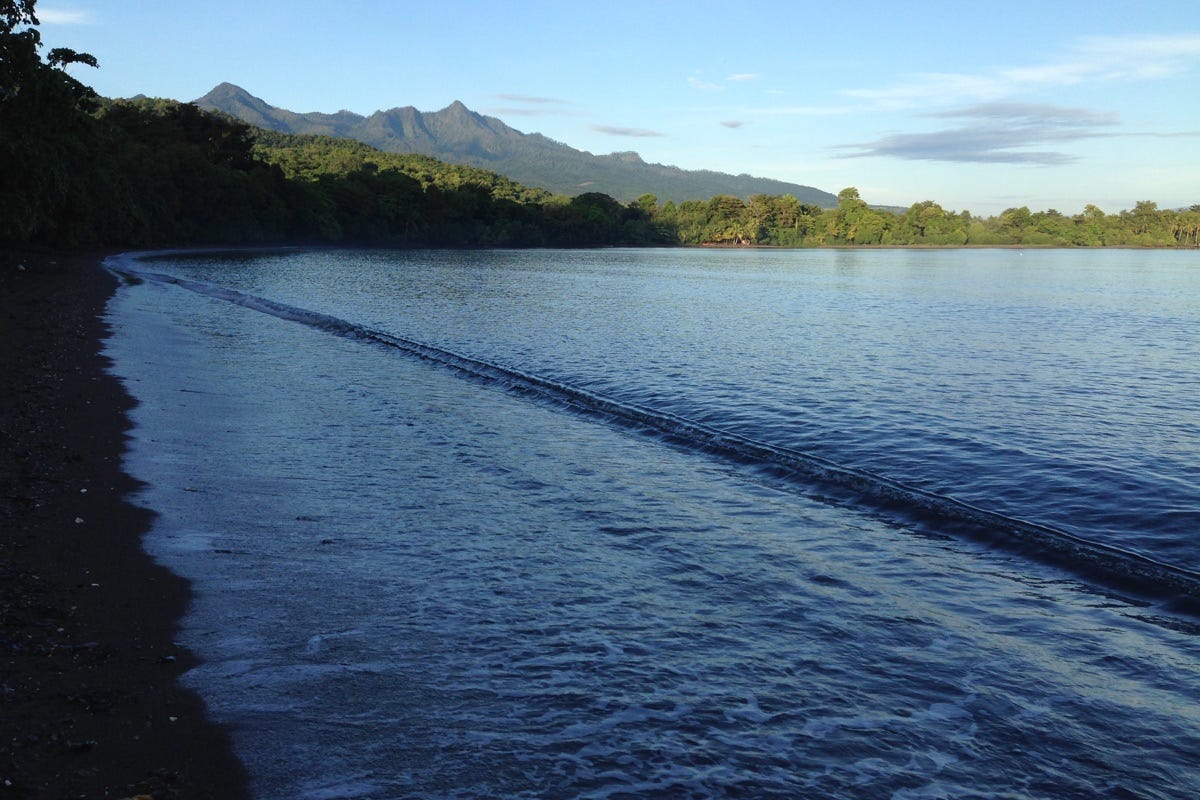
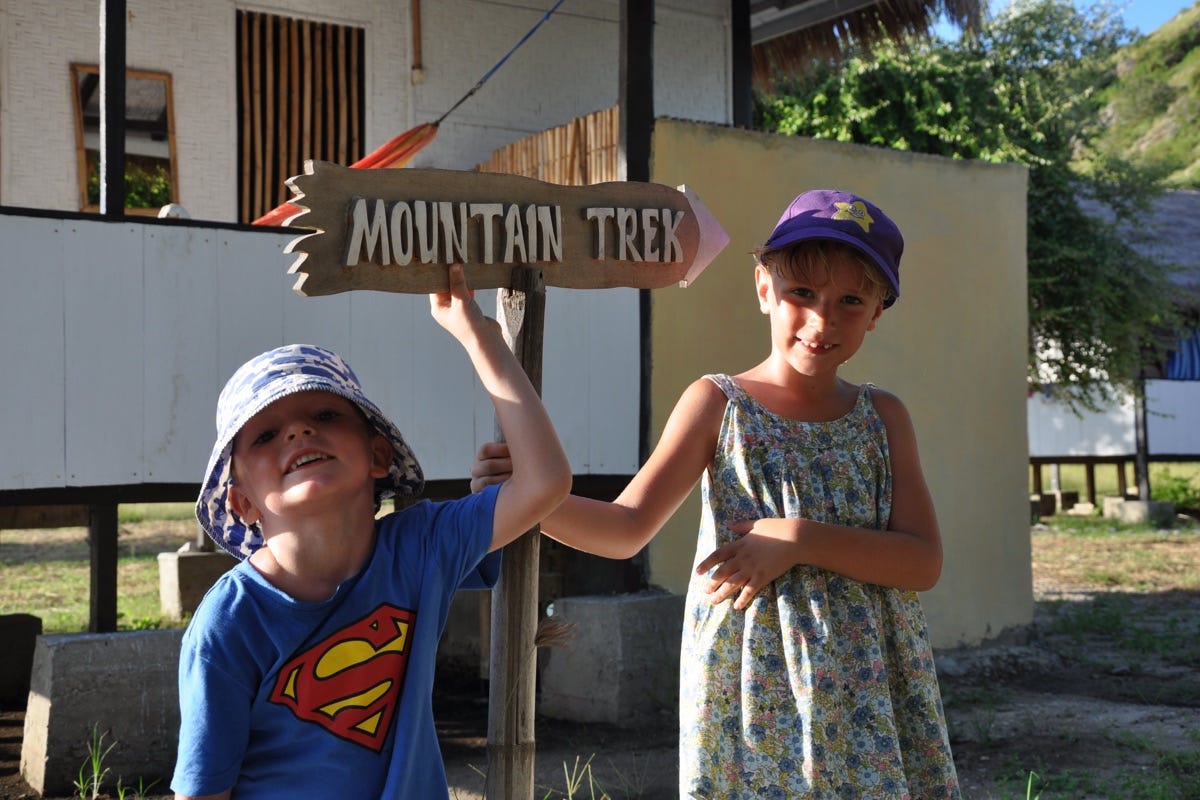









Share this post